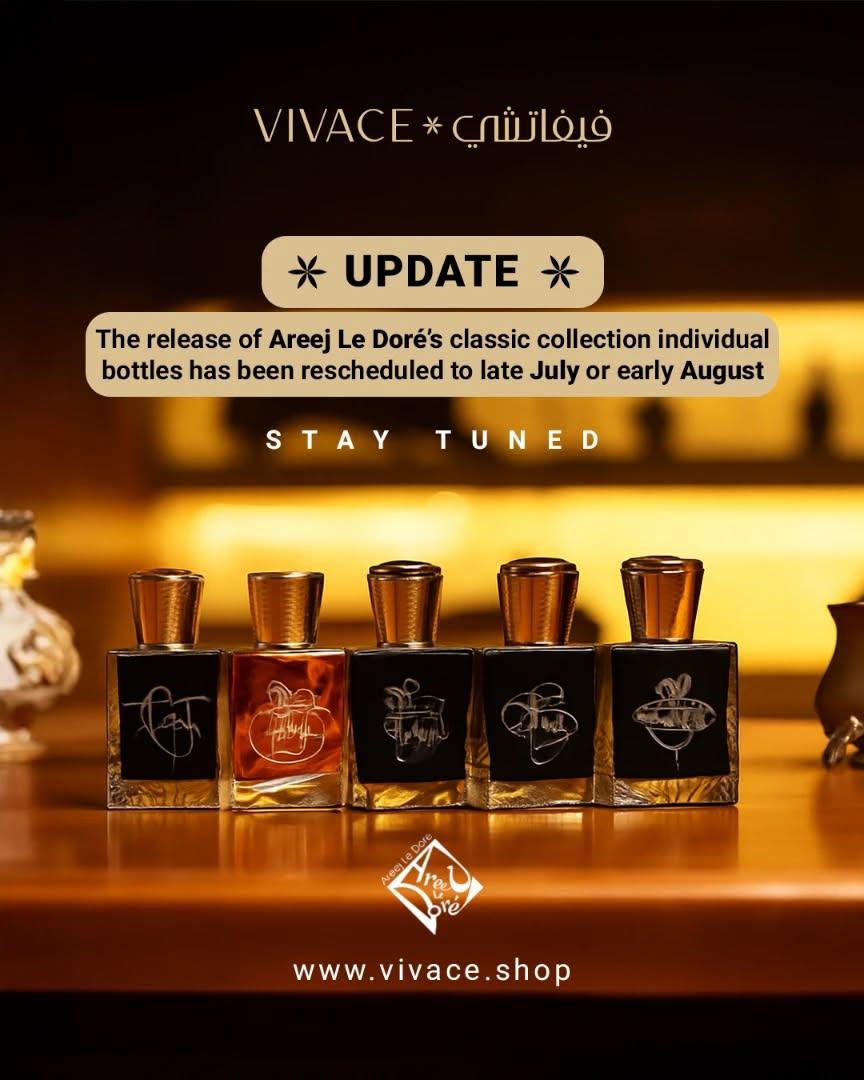The Rise of Artisanal Perfumes & What Makes Them Unique

In an era when mass-market scents dominate shelves and social media ads, artisanal perfumes are increasingly drawing attention from fragrance lovers who want something different — something handcrafted, rare, expressive, and meaningful. Artisanal perfumes are typically produced by smaller niche houses, often with more creative freedom, high-quality or rare raw materials, and strong attention to composition, storytelling, and aesthetic experience.
Some hallmark features of artisanal perfume include:
· Use of rare or uncommon ingredients (e.g. natural oud, ambergris, exotic floral absolutes).
· Limited production runs, which often adds exclusivity and appeal.
· Strong identity: many artisanal brands reflect cultural heritage, artistic vision, or experimental scent combinations.
· Higher performance in terms of scent complexity, layering over time, and richness in ingredients.
· Price points that tend to be higher, reflecting cost of raw materials, craftsmanship, and lower economies of scale.
These features appeal to connoisseurs, collectors, and people seeking perfumes as personal signature rather than just scent.
Introducing Areej Le Doré
One of the more striking names in the world of artisanal perfumery is Areej le Dore Perfumes (often styled “Areej le Dore” or “Areej Le Doré”). Founded by perfumer Russian Adam, this house blends traditions and ingredients from different olfactory worlds: the luxuriant intensity of Arabian perfumery, the elegance of French perfume structure, and sometimes touches of Russian heritage. Here are some things that set Areej Le Doré apart:
· Rare natural materials: They often use high-quality naturals — real oud, ambergris, rare woods, etc.
· Bold compositions: Their perfumes tend to have strong, layered, sometimes complex profiles that unfold over time.
· Cultural fusion: Their creations bridge various fragrance traditions — Eastern, Western, and sometimes niche experimental.
Examples of Areej Le Doré’s perfumes:
· Malik Al Motia — a floral-woody musk perfume with jasmine, blue lotus, and Thailand oud, grounded with sandalwood and balsamic tones.
· Al Majmua — a woody-aromatic blend with bergamot, black currant, vetiver, kadam, patchouli, oakmoss, and cedar.
· Ambre de Coco 48 ML — gourmand spicy-amber with cacao, peach, woods, spices.
· Al Ambar Extrait de Parfum 35ML — featuring ambergris, oakmoss, opoponax, orris, vanillin.
Vivace Perfumes: Curator, Retailer, & Amplifier of Artisanal Scents
Vivace Perfumes is a brand or platform that functions as a curator and retailer of fine niche and artisanal perfumes — including Areej Le Doré. What Vivace does is bring these craftsmanship-driven perfumes to audiences who value authenticity, rarity, and aesthetic depth in their scents. It doesn’t simply sell perfumes; it often collaborates in telling the stories behind each scent, educating customers about raw materials, notes, and artistic intents. For example:
· On its site, Vivace offers Ambre de Coco 48ML by Areej Le Doré, describing its ingredients (cacao, peach, Indian spices, oud, amber, etc.), its classification (woody spicy, gourmand elements), and what makes it desirable.
· Vivace also lists Malik Al Motia Eau De Parfum 48ML, giving its full compositional breakdown, how it sits in the artisanal realm, and why someone might choose it.
Thus, Vivace plays a key role in connecting artisanal brands like Areej Le Doré with niche perfume consumers, especially in regions (like the Gulf) where these perfumes may be harder to access otherwise. Vivace helps shape perception and trust by providing transparency and context around the artistry of these scents.
Why Perfume Enthusiasts Should Care
1. Personal expression & uniqueness: Artisanal brands like Areej Le Doré give you scents that are less common, with more personality and storytelling, which can become deeply personal.
2. Quality & aroma depth: Because of the investment in rare ingredients and less constrained production, these perfumes often evolve more richly on the skin.
3. Cultural & aesthetic education: You learn more about perfumery — about raw materials, heritage fragrance styles (Arabian, French, etc.), and scent building. Retailers/curators like Vivace help make that accessible.
4. Value in rarity: Limited releases, harder-to-find materials, and exclusive batches mean these perfumes are often prized by collectors or those looking for something that stands out.
Challenges & Considerations
However, artisanal perfumes also come with challenges:
· Price: As natural, rare ingredients are expensive and production is smaller, prices tend to be high.
· Performance & wear: Very strong or complex perfumes may not suit everyone, especially if one prefers something light or day-wear.
· Availability: Limited releases can mean some scents are hard to obtain, and restocks unpredictable.
· Scent perception: Because the materials are strong/natural, some may find certain notes (oud, musks) overwhelming.
Conclusion
If you are looking for perfumes that are more than accessories—more like wearable art—then artisanal perfumes are a compelling path. Among those houses, Areej Le Dore stands out for its rare materials, bold compositions, and blending of heritage aromas into modern formats. And Vivace Perfumes plays a crucial role in bringing these fragrances to market in curated, transparent, and thoughtful ways.
For those seeking indulgence in craftsmanship, identity, and scent stories beyond the mainstream, Vivace Perfumes offering Areej Le Doré’s line is exactly the kind of platform to pay attention to.
- Vibnix Blog
- Politics
- News
- Liberia News
- Entertainment
- Technology
- Éducation
- Art
- Causes
- Crafts
- Dance
- Drinks
- Film
- Fitness
- Food
- Jeux
- Gardening
- Health
- Domicile
- Literature
- Music
- Networking
- Autre
- Party
- Religion
- Shopping
- Sports
- Theater
- Wellness



